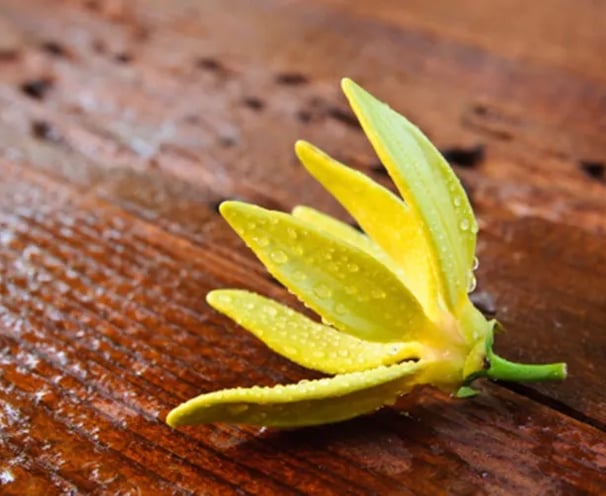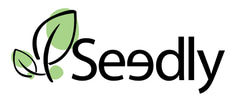
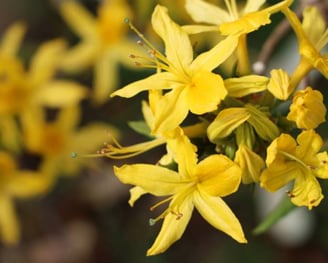
Ylang Ylang, a tropical flower native to Southeast Asia, is celebrated for its captivating fragrance and exotic allure. With its lush, glossy leaves and clusters of yellow, star-shaped blooms, Ylang Ylang exudes a rich, floral scent that is both sweet and intoxicating. Revered for its deeply calming and uplifting properties, Ylang Ylang is a popular choice in aromatherapy, where its essence is believed to promote relaxation, reduce stress, and enhance mood. The alluring fragrance of Ylang Ylang is also prized in perfumery, where it adds a luxurious and sensual note to fine fragrances and personal care products. Additionally, Ylang Ylang flowers are used in traditional medicine and herbal remedies for their potential health benefits, including supporting skin health and soothing minor ailments. Whether enjoyed for its enchanting scent, therapeutic properties, or ornamental beauty, Ylang Ylang captivates the senses and transports the mind to tropical paradises, infusing life with a sense of exotic elegance and serenity.
Ylang Ylang
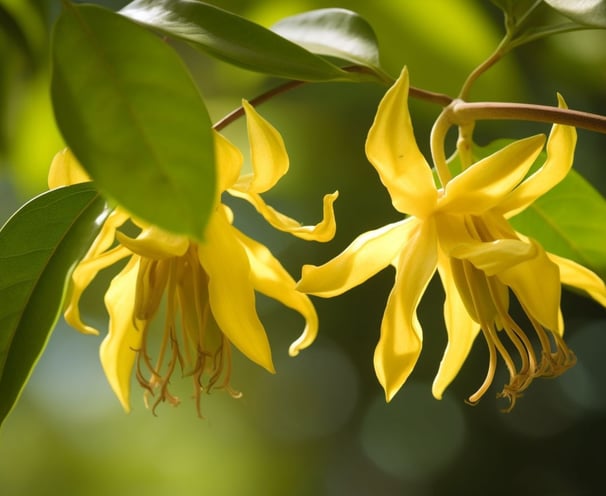

Ylang Ylang thrives in well-drained, fertile soil with a slightly acidic to neutral pH level ranging from 6.0 to 7.0. It prefers loamy or sandy soil that provides good drainage to prevent water-logging, which can lead to root rot. Amending heavy clay soil with organic matter like compost or aged manure improves soil structure and fertility, ensuring optimal growing conditions for Ylang Ylang plants. While Ylang Ylang can tolerate a range of soil types, ensuring proper drainage is essential for healthy root development and overall plant vigor. Additionally, planting Ylang Ylang in a location with full sunlight exposure or partial shade promotes vigorous growth and abundant flowering. Conducting a soil test before planting helps determine soil pH and nutrient levels, allowing for any necessary adjustments to create an optimal growing environment for Ylang Ylang
Soil Needs
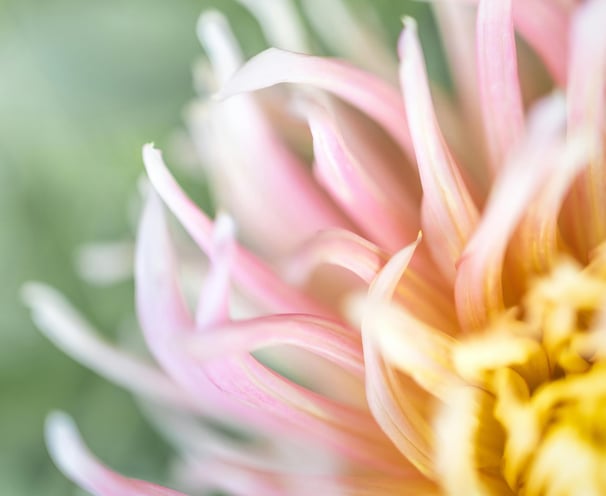

Ylang Ylang has moderate water needs, requiring regular watering to maintain soil moisture levels, especially during periods of active growth. Water Ylang Ylang deeply but infrequently, allowing the soil to dry out slightly between watering sessions to prevent water-logging and root rot. It's essential to water the soil directly at the base of the plant to avoid wetting the foliage, which can increase the risk of fungal diseases. During hot, dry periods, increase watering frequency to keep the soil consistently moist, but be cautious not to over-water. Mulching around the base of Ylang Ylang plants helps retain soil moisture and suppress weeds. Regularly monitor soil moisture levels and adjust watering practices accordingly to ensure optimal growth and health of your Ylang Ylang plants.
Water Needs
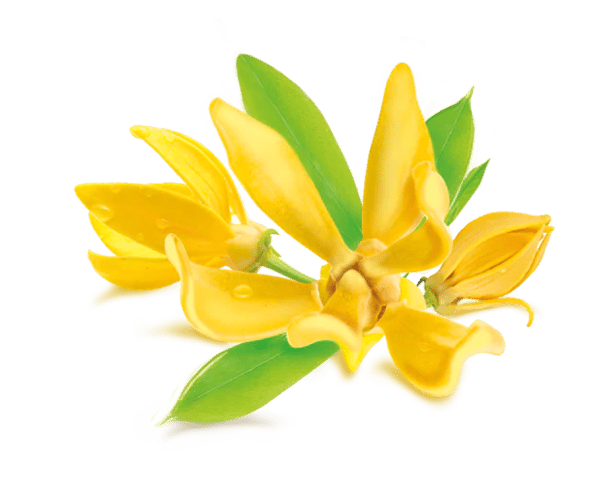

Ylang Ylang generally has moderate fertilizer needs, benefiting from occasional feeding to support healthy growth and abundant flowering. Apply a balanced, slow-release fertilizer formulated for flowering plants in early spring to provide essential nutrients for root development and flower production. Avoid fertilizers high in nitrogen, as they can promote excessive foliage growth at the expense of flowers. Instead, opt for a fertilizer with a higher phosphorus content to encourage blooming. Organic fertilizers like compost or aged manure can also be beneficial, applied as a thin layer around the base of the plant in spring to enrich the soil and provide slow-release nutrients. Monitor the plant's growth and adjust fertilization practices accordingly, ensuring a balance between soil fertility and flower production for optimal growth and fragrance from your Ylang Ylang plants.
Fertilizer Needs
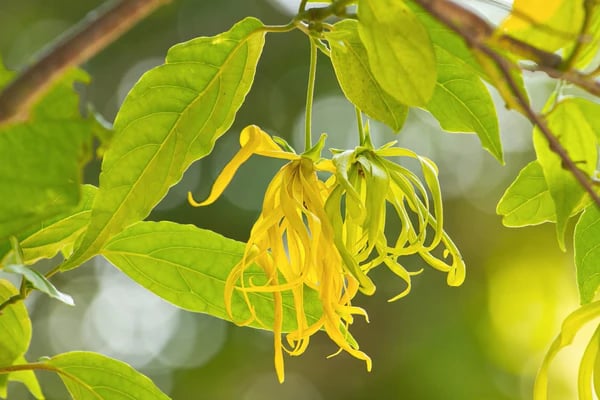

Ylang Ylang varieties offer diverse fragrances and growth habits, catering to different preferences and landscapes. Popular types include:
Cananga odorata var. genuina: Known as the "perfume tree," it produces highly fragrant, yellow flowers used in perfumery.
Cananga odorata 'Fragrant Pink': Features pink flowers with a sweet scent, ideal for smaller gardens.
Cananga odorata 'Ylang Ylang III': A tropical variety prized for its intense floral aroma, suitable for essential oil production.
Cananga odorata 'Dwarf Pink': Compact form with pink flowers, perfect for small spaces or indoor decoration.
Cananga odorata 'Giant Ylang Ylang': Noted for its large, fragrant flowers, making a stunning garden focal point.
These are just a few examples of the diverse Ylang Ylang varieties available, each offering its own unique beauty and fragrance to gardeners, perfumers, and aromatherapy practitioners alike.
Ylang Ylang Varieties
